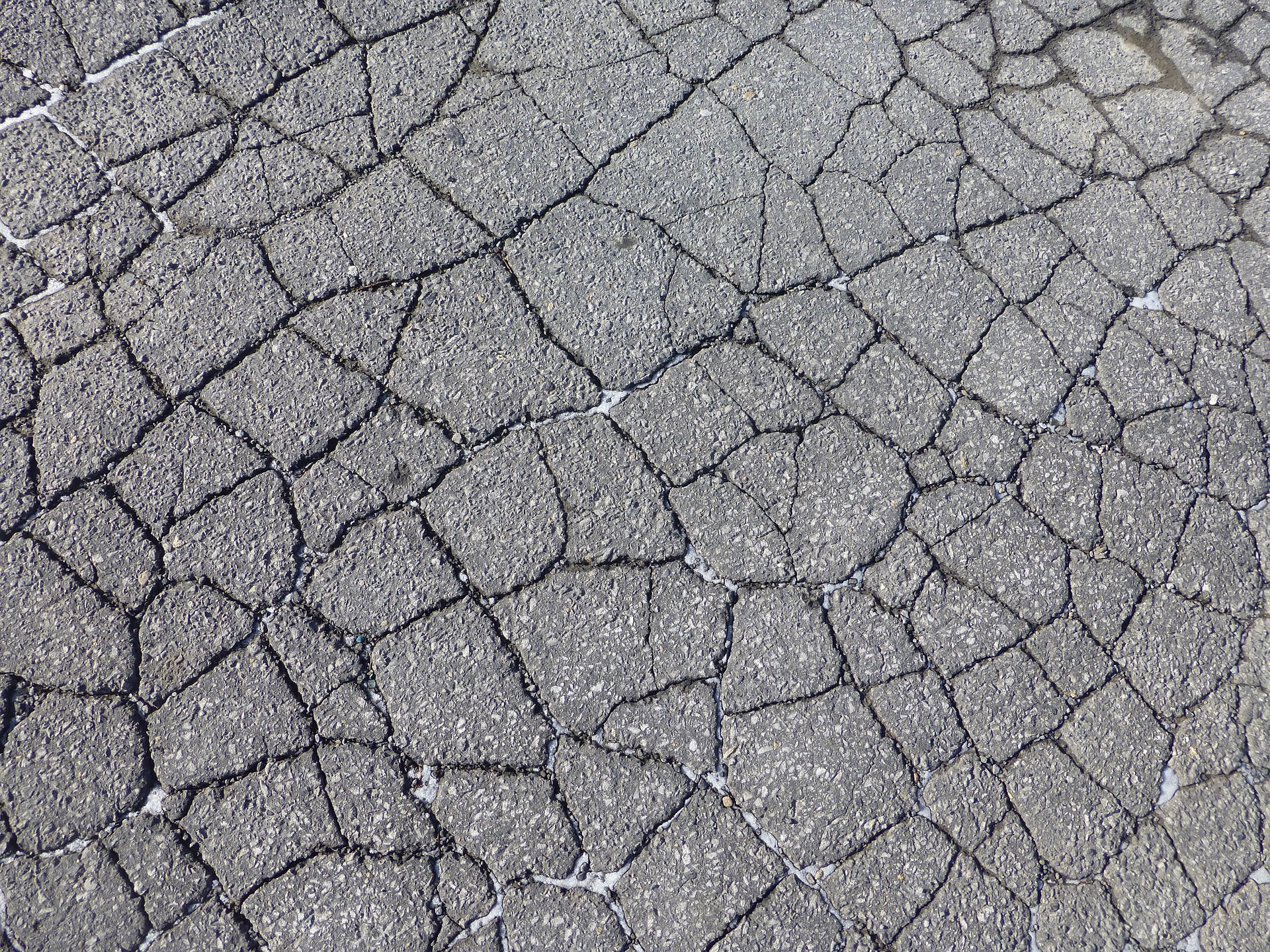
Exclusive Use Common Area: “Maintain” vs. “Repair and Replace”
On January 1, 2017, the Davis-Stirling Common Interest Development Act maintenance presumptions change. Right now, Civil Code section 4775 states that, unless an association’s CC&Rs provide otherwise, the association is presumed responsible for repairing, replacing and maintaining the common area and each owner is presumed responsible for maintaining the owner’s exclusive use common area. Many associations assumed the terms “repair,” “replace,” and “maintain” were interchangeable.
Section 4775 is slated to change on January 1, 2017, to provide that, unless an association’s CC&Rs provide otherwise, the association will be presumed responsible for repairing, replacing and maintaining the common area, the owner will be presumed responsible for maintaining the owner’s exclusive use common area and the association will be presumed responsible for repairing and replacing the owner’s exclusive use common area.
If your association’s CC&Rs do not assign responsibility for repairing and replacing exclusive use common area components to the owner served by those components, and the association’s operating budget does not include anticipated repair costs for those components or the reserves do not include funds for the eventual replacement of those components, this statutory change could have a big financial impact on your association. Potential exclusive use common area components include private yards and patios, drains, sprinklers, fences and walls, doors, garage doors, garage door opening systems and water supply lines.
The owner of the appurtenant separate interest will “maintain” the exclusive use common area while the association will be responsible for “repair” and “replacement.” The difference between maintaining and repairing an exclusive use common area component will be unclear. For example, Black’s Law Dictionary defines “maintain” as to “care for (property) . . . to engage in general repair and upkeep.” (8th ed. 2009, at p. 1039.) Confusion will result regarding where a homeowner’s duty to maintain ends and an association’s duty to repair begins. In addition, lack of proper maintenance often leads to increased repair costs.
We don’t know if there will be any further revisions to the statute prior to January 1, 2017. But, if there are no further revisions, many associations will find themselves responsible for repairing and replacing exclusive use common area components that were previously thought to be the owners’ obligation.
Some associations may be able to amend their CC&Rs prior to January 1, 2017, to lessen the financial impact of and the confusion created by the statutory change. But it can be difficult and time consuming to attempt to amend CC&Rs. Associations with exclusive use common area components that the association is not currently set up financially to repair and replace might want to commence an inquiry in 2015 on how the statutory change might apply, so as to leave time to attempt to amend the CC&Rs (or raise assessments) if needed prior to January 1, 2017. Such associations should also consider possible rule changes to specify what constitutes “maintenance” of exclusive use common areas, so members will know what is expected of them.
Release date: February 17, 2015
